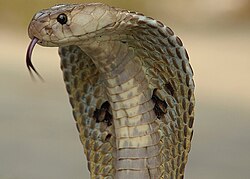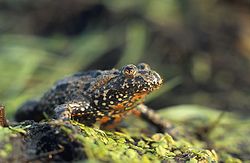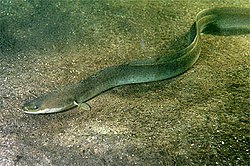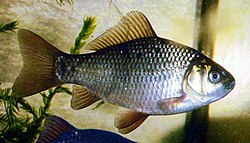The following is a list of tautonyms : zoological names of species consisting of two identical words (the generic name and the specific name have the same spelling). Such names are allowed in zoology, but not in botany, where the two parts of the name of a species must differ (though differences as small as one letter are permitted, as in cumin, Cuminum cyminum).
Contents
- Mammals
- Birds
- Reptiles
- Amphibians
- Fish
- Arthropods
- Molluscs
- Other
- Plant near-tautonyms
- Fungal near-tautonyms
- See also
- References



















